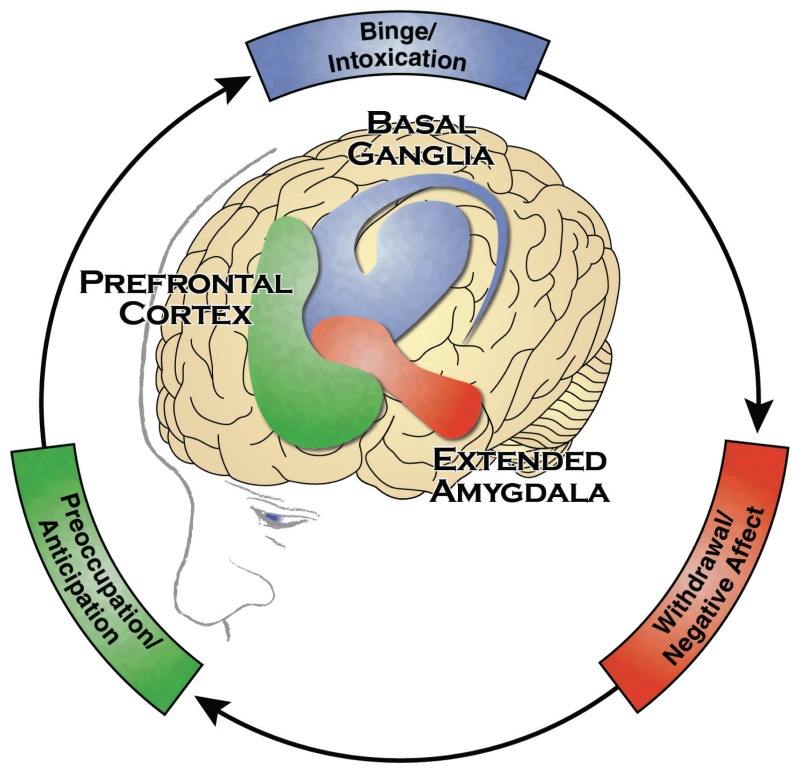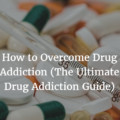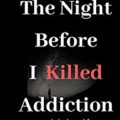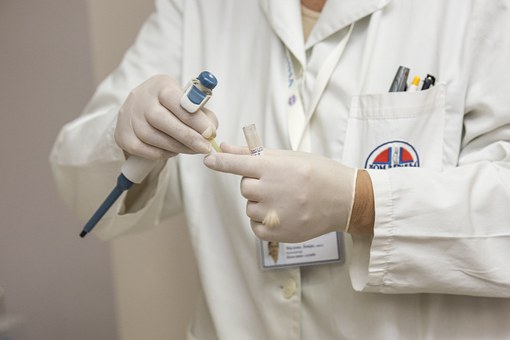Every year, addiction to alcohol, tobacco, illicit drugs, and prescription opioids costs the U.S. economy upward of $740 billion in treatment costs, lost work, and the effects of crime. Addiction is a psychological and physical inability to stop consuming a chemical, drug, activity, or substance, even though it is causing psychological and physical harm. The term addiction does not only refer to dependence on substances such as heroin or cocaine. A person who cannot stop taking a particular drug or chemical has a substance dependence.
Some addictions also involve an inability to stop partaking in activities, such as gambling, eating, or working. In these circumstances, a person has a behavioral addiction. Addiction is a chronic disease that can also result from taking medications. The overuse of prescribed opioid painkillers, for example, causes 115 deaths every day in the United States. When a person experiences addiction, they cannot control how they use a substance or partake in an activity, and they become dependent on it to cope with daily life. Most people start using a drug or first engage in an activity voluntarily. However, addiction can take over and reduce self-control.
Signs of Addiction
It’s important to know the cycle of addiction and its stages so medical professionals, friends and family can intervene. Vulnerability to addiction differs from person to person and is impacted by both environmental and genetic factors, including mental health, family history of addiction or social environment.
As addiction takes hold, individuals exhibit certain behaviors, according to the National Council on Alcoholism and Drug Dependence.
These include:
- A loss of control
- Abandoning hobbies and activities
- Poor performance at school or work
- Unexplained financial problems
Stages of Addiction
First Use
The first step to addiction is trying the substance. It can be as fast as taking the first drink or smoking a cigarette. Or, people may have used drugs in the past without developing a dependency, but are now moving on to a more addictive substance.
Part of the challenge is when the first exposure to drugs is through legal means. Opioids, for example, are often prescribed to patients as a way to deal with persistent pain. The first dose may relieve that pain temporarily, but over time as the body grows accustomed to the drug, relief no longer comes, sometimes prompting individuals to take more of the drug than is medically recommended or seeking a stronger dosage.
Regular Use
As people become regular users, they begin to display a pattern. Sometimes they may use only on the weekends or just at night while spending time with friends, but oftentimes these individuals will begin to show the signs of addiction as the substance becomes more important in their lives.
Risky Use
As use deepens, people may begin to exhibit dangerous behavior, such as driving while drunk or high. The substance in question may impact one’s ability to succeed at work or school. Relationships with friends or significant others may also begin to deteriorate.
Dependence
At this stage, the individual has developed a tolerance to the substance and needs a dangerous amount of it to feel good again. Furthermore, going without the substance for a certain amount of time can induce withdrawal symptoms, such as muscle cramps, vomiting or fevers. Cravings for the substance, both physical and psychological, can be intense.
Substance Use Disorder
At this point, individuals cannot function in daily life without their substance of choice. People with addiction may lose their job, drop out of school and even face homelessness. Despite these significant consequences, individuals will continue to abuse their substance.
Stages of Addiction Recovery
Although addiction Recovery can be a complex and unpredictable process for many recovering addicts, substance abuse experts have taken notice to trends, or stages, most people experience on their path to sobriety. Every stage requires different strategies in order to effectively treat each individual. This has caused these stages to gain recognition among therapists. While there are five main stages (Pre-Contemplation, Contemplation, Preparation, Action, and Maintenance), they can also be divided into early, middle, and late stages of recovery.
A client in the contemplation stage is considered to be in an early recovery phase, meaning that strategies focusing on their immediate concerns should hold high priority. Some of these immediate concerns include curbing cravings, abstaining from substance abuse, and preventing relapse. Whereas, the priorities addressed in the later phases of recovery may focus more on rebuilding damaged relationships. Regardless of the stage of addiction recovery in question, it is vital that therapists recognize what stage each client is in, in order to help them rebuild their life effectively. The 5 Stages of Addiction Recovery are;
Pre-Contemplation
Oftentimes, those in the pre-contemplation stage have yet to admit to themselves that they have a problem. They may be going through the motions due to pressure from legal trouble, a loved one, or even an employer, but they are still unaware of the severity of the situation. During this phase addicts will typically avoid conversations about addiction or avoid those who bring them up. Staging an intervention during the Pre-Contemplation stage will likely be met with intense denial.Addicts in this stage usually blame their substance abuse on outside factors such as a stressful job or home life, and even genetic predispositions. This phase is often recalled as a very hopeless period in an addict’s life when they reflect back on it during recovery, many even remember it as rock bottom. Fortunately, these feelings usually lead to the next stage of recovery. Addicts are free to move on to the Contemplation phase once they have recognized that they have a problem.
Contemplation
At this point, the addict has accepted they need to make changes, but they are not only struggling to understand the root cause of their addiction, they are also unsure how to move forward. Choosing to seek help is a huge step. It is easy for addicts to remain in this stage for months, as they begin to think about potential courses of action. Addicts may continue to abuse drugs or alcohol during this stage, but many have reported enjoying it less, even if they are using more. Contemplators usually have increased feelings of hopelessness accompanied by uplifting feelings when thinking about the potential for change. It is important for addicts to shift their focus on a future free from substance abuse, rather than lingering on past mistakes. The end of the contemplation stage is characterized by simultaneous anxiety and excitement. Once they get to this point they are ready for the next stage in recovery.
Preparation
Those who have reached the preparation stage are fueled by excitement, as they have made concrete plans for their recovery. These plans may be taking a pledge of abstinence or admitting themselves into a rehabilitation facility. Regardless, these people are preparing for a life without drugs and alcohol and they have more than just a vague idea as to how they are going to accomplish this. Just by choosing a day, month, or even a year to focus on recovery helps addicts in the preparation stage move on to the next phase.It is not uncommon for those in the preparation phase to report having to overcome feelings of ambivalence before progressing to the action stage. However, once they have committed to a plan of action, they are likely to move on smoothly. The experienced staff Restore Health and Wellness Center can guide addicts when they are looking to take the next step.
Action
This stage of addiction recovery is relatively self-explanatory. During the action phase addicts begin the physical process of recovery, whether that be changing ones surroundings or changing their behavior. In most cases, this involves beginning addiction recovery at an accredited rehabilitation facility.Finally making these necessary changes towards sobriety often builds an addicts confidence, as they will feel a sense of accomplishment. This stage usually requires the most effort, but it is also one of the most important. The action stage is the foundation for long-term sobriety.Vulnerability is a commonly experienced during this phase. It is typically the first time addicts experience outsiders looking in. Fortunately, the feelings of satisfaction associated with the action stage prove that their efforts, and vulnerability, is more than worthwhile.
Maintenance
One of the most overlooked phases of recovery may be the maintenance stage. Recovery takes a great amount of time, inner-strength, and dedication- it is a process, not a single event. At the close of the action phase an addict must immediately move into maintenance. Once a recovering addict’s time in treatment has come to an end they may return home and face situations that once triggered them to use. Therefore, it is vital that they remain engaged in the sober community. Attending Alcoholics Anonymous (AA) or Narcotics Anonymous (NA) meetings, or residing in a sober living home are just some ways in which addicts can consistently maintain their sober status.





